LATVIJA.FM
Mark Rothko: Latvia’s Contribution to Modern Art
Mark Rothko, one of the most celebrated figures in 20th-century art, is synonymous with the abstract expressionist movement. His iconic paintings—vast canvases of luminous color fields—evoke profound emotion and introspection. While Rothko spent most of his life in the United States, his artistic journey began in Daugavpils, Latvia, where he was born in 1903.
Let’s delve into the life and legacy of Mark Rothko, exploring his Latvian roots and how his work has shaped modern art worldwide.
Let’s delve into the life and legacy of Mark Rothko, exploring his Latvian roots and how his work has shaped modern art worldwide.
A Latvian Beginning
Mark Rothko, born Markus Yakovlevich Rothkowitz, came into the world in Dvinsk, part of the Russian Empire at the time but now known as Daugavpils, Latvia’s second-largest city. His family, of Jewish heritage, lived in a region rich with cultural diversity and political tension.
Early Years in Latvia:
Early Years in Latvia:
- Rothko’s early childhood was shaped by the vibrant yet challenging life of the Jewish community in Daugavpils.
- In 1913, when Rothko was just ten years old, his family emigrated to the United States, escaping the growing pressures of antisemitism and seeking better opportunities.
The Journey to Abstract Expressionism
In the United States, Rothko’s artistic journey began in Portland, Oregon, and later in New York City, where he became part of a vibrant community of avant-garde artists. His early works were figurative, often exploring themes of mythology and existentialism. However, as Rothko matured, his style evolved dramatically.
The Birth of the Rothko Style:
The Birth of the Rothko Style:
- By the 1940s, Rothko began experimenting with abstract forms, eventually developing his signature style: large, rectangular color fields layered with translucence and depth.
- His works became meditative spaces, encouraging viewers to engage emotionally and spiritually.
- Iconic works such as Orange and Yellow (1956) and No. 61 (Rust and Blue) (1953) illustrate his mastery of using color and scale to evoke profound feelings.
- Rothko rejected traditional labels for his work, believing art should transcend words and offer a deeply personal experience.
Latvia’s Embrace of Rothko’s Legacy
For many years, Rothko’s connection to Latvia was little-known outside art circles. However, in recent decades, Latvia has embraced its connection to this modern art giant, celebrating his legacy and contributions.
The Mark Rothko Art Centre:
In 2013, the Mark Rothko Art Centre was established in Daugavpils, in the historic Daugavpils Fortress. This unique cultural space is dedicated to Rothko’s life and work, offering visitors:
The Mark Rothko Art Centre:
In 2013, the Mark Rothko Art Centre was established in Daugavpils, in the historic Daugavpils Fortress. This unique cultural space is dedicated to Rothko’s life and work, offering visitors:
- Original Works: A collection of Rothko’s paintings on loan from his family and private collectors.
- Exhibitions: Displays that explore Rothko’s influence on contemporary art and his place in art history.
- Education and Inspiration: Programs and workshops designed to inspire the next generation of artists.
Rothko’s Influence on Modern Art
Mark Rothko’s work redefined modern art, challenging traditional notions of form, composition, and viewer interaction. His contributions include:
- The Emotional Power of Color: Rothko’s use of bold, blended colors created a new language of emotion, influencing generations of artists.
- Monumental Scale: His large canvases envelop the viewer, making the art an immersive experience rather than a static object.
- Spiritual Connection: Rothko believed art should be a spiritual experience, connecting individuals to their innermost feelings.
A Latvian Legacy for the World
Mark Rothko’s journey from Daugavpils to the pinnacle of the art world is a testament to Latvia’s contributions to global culture. Though he lived most of his life far from his birthplace, Rothko’s artistic spirit embodies the creativity, resilience, and depth of his Latvian roots.
By embracing and celebrating his legacy, Latvia connects its rich cultural history to the world stage, reminding us of the universal power of art to inspire, transcend, and unite.
By embracing and celebrating his legacy, Latvia connects its rich cultural history to the world stage, reminding us of the universal power of art to inspire, transcend, and unite.
Visit the Mark Rothko Art Centre
If you’re traveling to Latvia, a visit to the Mark Rothko Art Centre in Daugavpils is a must. Walk through the halls where Rothko’s story is told, immerse yourself in his timeless works, and reflect on the journey of a Latvian-born artist whose vision forever changed the world of modern art.
Because in the stillness of Rothko’s paintings, you’ll find not just colors, but emotions, stories, and a profound connection to something greater. Laimīgu ceļojumu! (Happy travels!)
Because in the stillness of Rothko’s paintings, you’ll find not just colors, but emotions, stories, and a profound connection to something greater. Laimīgu ceļojumu! (Happy travels!)
